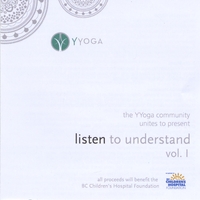OM, OM, OM
OM, OM, OM
Om by Maggie Reagh
I link with the Source of All, the Eternal OM – It heals my both my conscious and non-conscious mind, linking me to my spirit beyond the changing mind.
Opening Invocation to the Inner Teacher
Śri Gurubhyo Namaḥ by Maggie Reagh
Śri Gurubhyo Namaḥ
Hariḥ Om
Translation
I bow my head to my Heart and link with that Inner Knower within me. I honour all the Yogacharyas/gurus who have passed down this lineage of teachings.
May all obstacles be removed from that Om that links us all together at the Heart.


